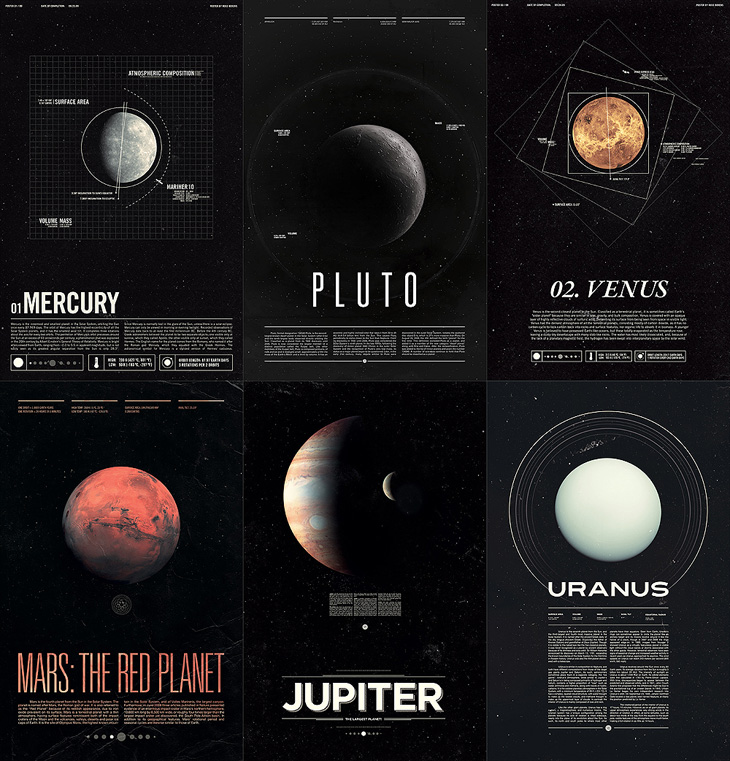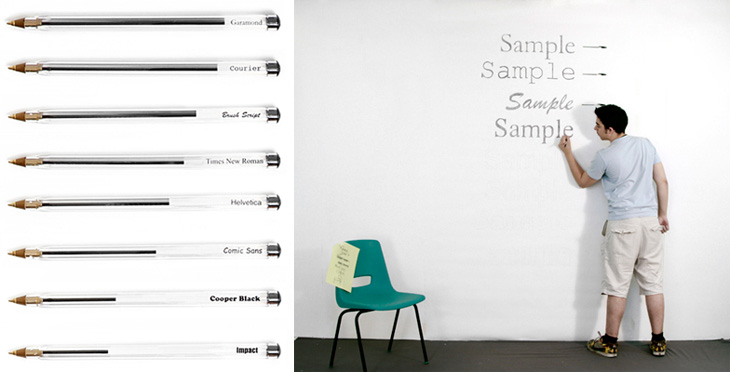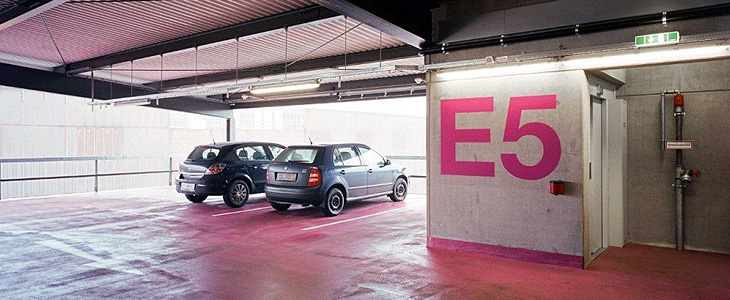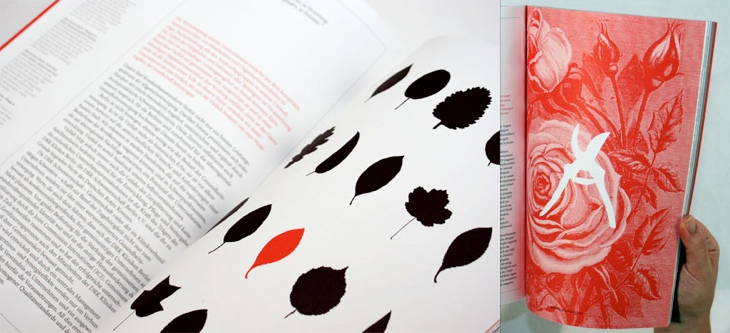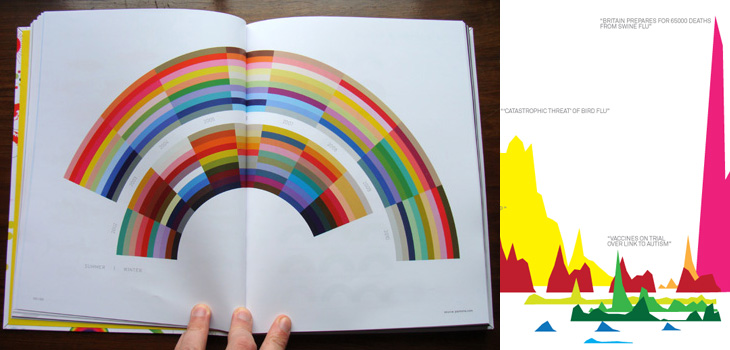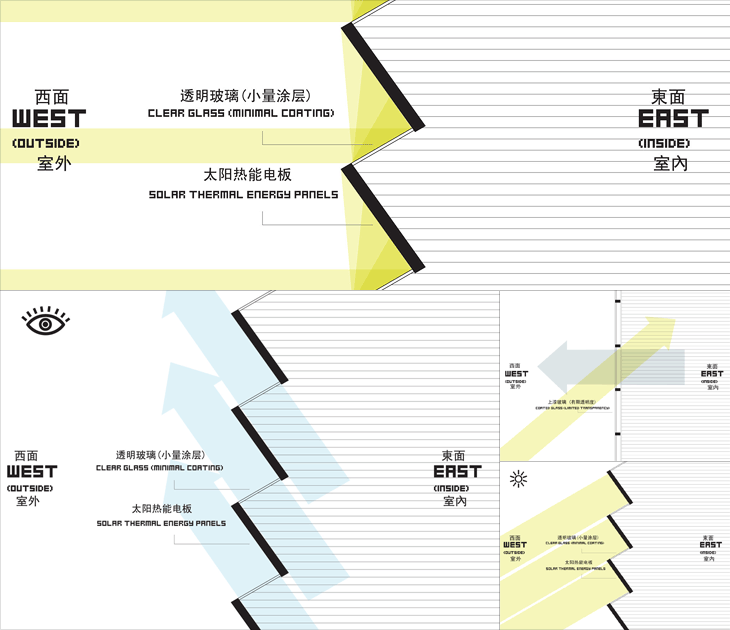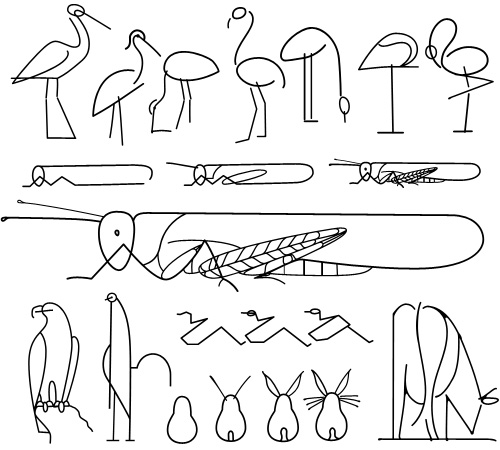Browsing Grain Edit earlier I saw a sidebar link to the Mid Century Modern - Sticker, Label + Stamp Club on Flickr. The title describes it pretty well, but with 1804 items (as of writing) the scope of the collection is pretty breathtaking. I sometimes wonder at all the collections of mid-century stuff online, there’s a hell of a lot of it out there and I enjoy finding new collections like this, but will I tire of it at some point? Perhaps it’s old enough now so that most of the crap to have been edited out — long composted in landfills or left to crumble in attics and the backs of garages — and what we’re seeing is genuinely timeless, quality design. I certainly hope that’s what it is. For now, I’m happy to have found this collection, and even happier to have the time to spend tracing a few things, like this Israeli stamp illustrating the story of Jonah and The Whale:
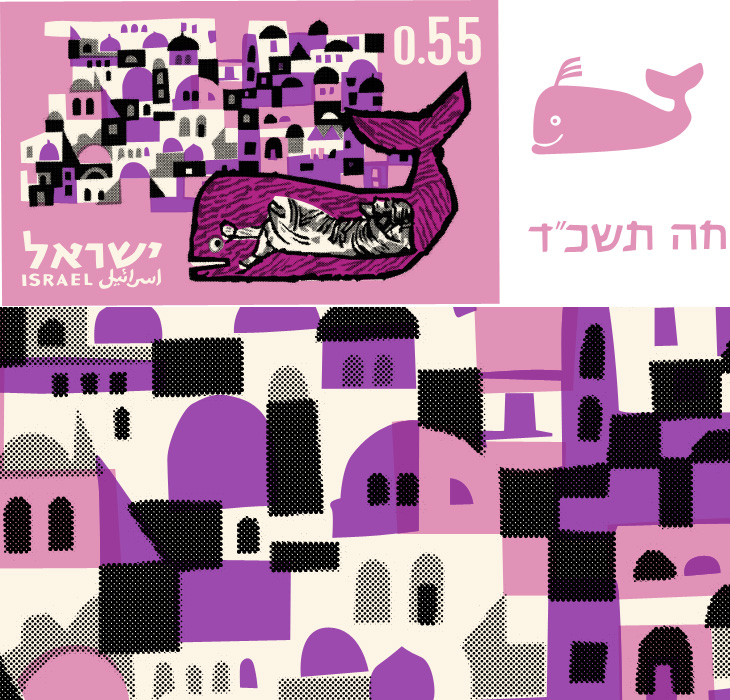
I didn’t fancy leaving it all as flat colour — much of the appeal here comes from the simplicity of the printing, especially the visible halftoning — so I took the shapes I’d made for the two tones of black and used Vectoraster* to create the halftones, and I’m quite pleased with the result. Illustrator wasn’t though; my attempt at doing halftones for the pinks crashed it pretty comprehensively.

